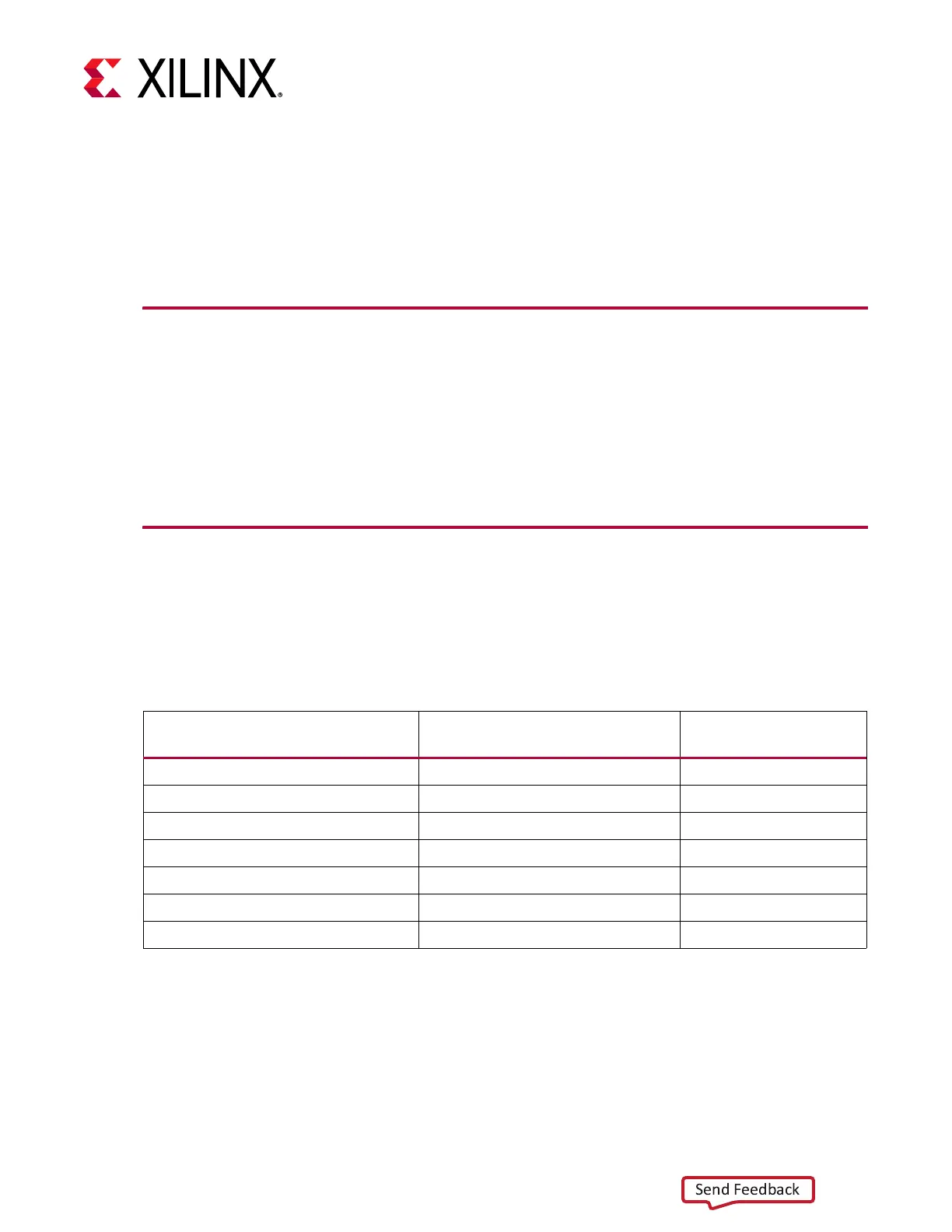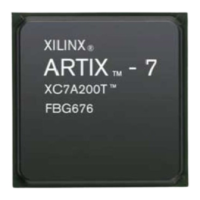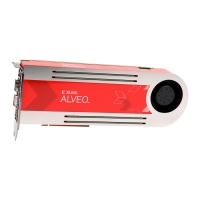MicroBlaze Processor Reference Guide 186
UG984 (v2018.2) June 21, 2018 www.xilinx.com
Chapter 4
MicroBlaze Application Binary Interface
Introduction
This chapter describes MicroBlaze™ Application Binary Interface (ABI), which is important
for developing software in assembly language for the soft processor. The MicroBlaze GNU
compiler follows the conventions described in this document. Any code written by assembly
programmers should also follow the same conventions to be compatible with the compiler
generated code. Interrupt and Exception handling is also explained briefly.
Data Types
The data types used by MicroBlaze assembly programs are shown in the following table.
Data types such as data8, data16, and data32 are used in place of the usual byte, half-word,
and word.register.
Table 4-1: Data Types in MicroBlaze Assembly Programs
MicroBlaze data types
(for assembly programs)
Corresponding ANSI C data types Size (bytes)
data8 char 1
data16 short 2
data32 int 4
data32 long int 4
data32 float 4
data32 enum 4
data16/data32 pointer
1
1. Pointers to small data areas, which can be accessed by global pointers are data16.
2/4

